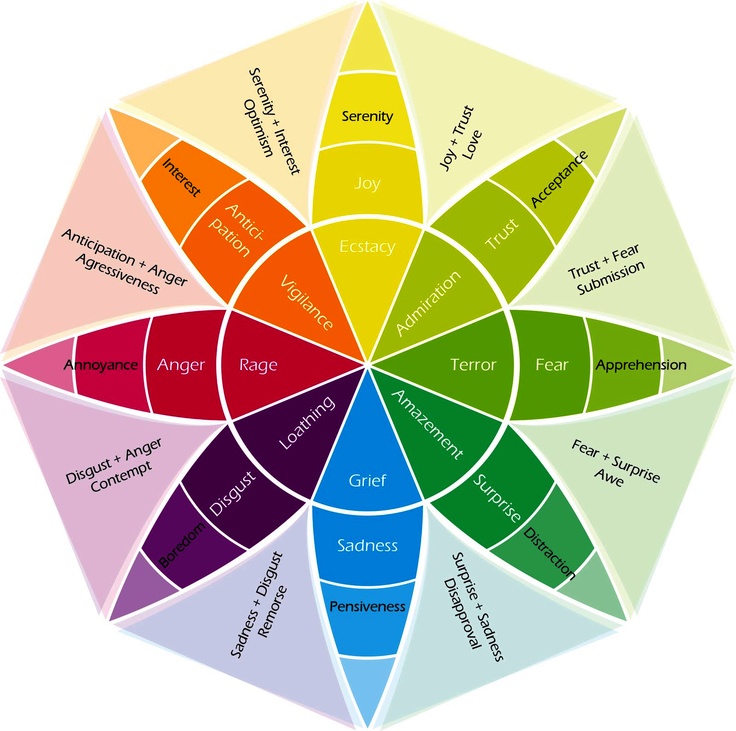One of the number one issues couples face is difficulty with communication.
Why is Communication so Difficult?
Much of the time it’s because we just don’t see eye to eye. My feelings and needs become an imposition on your feelings and needs, and vice versa.
I may have a need for some alone time and for you to support my night out with “the guys” but this may conflict with your need to feel like a priority and to feel more of an emotional connection with me. And so we are stuck, and instead of communicating, we argue.
I argue my point which triggers your need to defend YOUR position
You argue your point which triggers my need to defend MY position
And then we get tired, drop communicating altogether, and feel more distant from each other or more resentful.
To break the stalemate, most couples need to follow one simple rule: Try to understand your partner’s perspective first, before seeking to convince them of your own.
Of course, if both partners practice this they will each get a chance to feel truly heard.
In this article I will describe some ground rules for good communication and teach you how to use one effective practice tool to help you talk about any difficult issue.
To implement this practice, each partner will take turns to express their viewpoint, but will follow some simple rules
Best Way to Express Your Point of View:
When you are the person expressing yourself do the following 4 things:
- Describe the facts
- Describe your thoughts
- Label your feelings
- Express your need or request
This will look the following way:
- When I heard, saw, noticed XYZ (“when I heard you wanted to hang out with friends on Friday”)
- It made me think XYZ (“It seems like he is more excited about hanging out with friends than spending time with me” and “we seem to be drifting more apart as of late”)
- It made me feel XYZ (”and it made me feel sad, disappointed, rejected, and angry”)
- And what I would really like is XYZ (“what I would really like is to feel that you WANT to spend time with me and that you would make more of an effort to connect with me”)
When you are the speaker some important pitfalls to look out for include:
- Confusing thoughts and facts: “When I heard that it was more important to you to spend time with friends than with me” is not a fact, but a thought or evaluation of a fact. The fact simply was that your partner stated he would like to hang-out with friends on Friday
- Confusing thoughts with feelings: “When you said that I felt tired of always being second” is not a feeling but a thought. Using “I feel” in front of a thought does not make it a feeling. A way to distinguish thoughts from feelings is to use the following rule: Feelings are typically one word and thoughts are typically several words.
To get help to label your feelings try to use a feeling wheel. This can help you pinpoint the most precise word to describe your feeling. A few important facts about feelings are that they tend to derive from only a few basic emotions, but also that feelings can express a basic emotion at different levels of intensity. For example, the basic emotion of anger can be expressed at the level of irritation or the level of rage.
Here is a link to an article that explains more about the concept of feeling wheels:
How to Use the Emotion Wheel to Get to Know Yourself

- Only naming secondary feelings: “When I heard you say you were going to hang out with friends, it made me angry”. Anger might be the most dominant feeling and the one that makes you feel most empowered or strong, but it is typically also covering up a more vulnerable feeling. We tend to feel angry because we feel rejected, sad, hopeless, disappointed, anxious, or afraid. Only naming the anger protects us from getting in touch with the primary feeling that is making us angry, but it also doesn’t let our partner in on the whole truth.
How to Listen Well:
As one partner takes the speaker hat, the other partner takes the listener hat and follows these simple rules:
- Take notes about what your partner is saying (this helps you listen rather than prepare a come-back)
- Repeat back what you heard your partner say until they feel you get it right
- Validate something about where your partner is coming from (validating statements typically involve phrases like, “it makes sense to me that you would feel…”, “I can see why…” or “it’s understandable that…”)
- Consider which part of your partner’s need or request you can honor or negotiate an alternative.
In practice this would look something like this:
- “I hear you say that you have been feeling somewhat disconnected from me as of late and you are taking me wanting to hang out with my friends as a sign that I would rather hang out with them than with you”
- “It makes sense you would feel sad when you think I would rather spend time with friends than hang out with you”
- “I would still like to go out with my friends –I haven’t seen them for a long time – but maybe I could plan a date for us next weekend and we could both be a little more intentional about trying to connect with each other. I certainly don’t want you to feel I am not interested in hanging out with you, I really enjoy your company”
If nothing about your partner’s request seems reasonable, there could be a few reasons:
- The partner wearing the speaker hat may need to dig a little deeper into what they are feeling and express more about their core issue or the heart of the matter. For example: Instead of saying “When I hear you want to spend time with your friends it makes me feel angry, like you don’t really care about me” the speaker may have to go a little deeper and become a little more vulnerable. For example, they could say, “When I hear you want to spend time with your friends I guess I feel a little rejected. It brings up a fear in me that we are drifting apart, and makes me feel sad”. Each statement expresses an emotion in relation to a fact, but the last one invokes more empathy because more is being shared about the person’s own vulnerability.
- Another reason that you might not want to compromise, might be that you are hearing only a criticism and not a longing. For example, you might hear “don’t hang out with your friends” and miss the request to feel more connected. Rather than compromise hanging out with your friends, you may therefore instead lean into how the two of you can make strides to solve the connection problem. If you can’t agree to the immediate ask, zoom out to see if you can address something about the more general issue.
If you would like to try to practice these simple communication rules, I have included a speaker/ listener tool that you can download and print out
A Few Practice Points:
The tool is best used as an intentional exercise where you agree to sit down and each take your turn. By thinking of it as an exercise you both enter into it with a spirit of learning and experimenting and this makes it okay if it feels a bit clunky and unnatural. Anything that is new is going to feel this way in the beginning.
Another tip might be to try it out first with some smaller issues, and not dive into a core conflict right away.
If you both find the tool useful you might commit to using it in the future to put some guard rails around you when a disagreement comes up.

About Me:
I am Dr. Rune Moelbak, a psychologist and couples therapist in Houston, Texas







